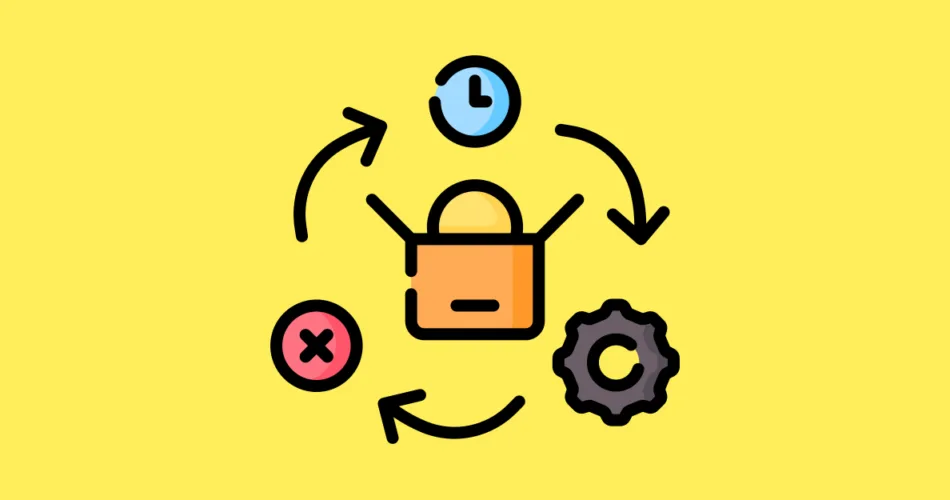In the world of programming, managing objects efficiently is crucial for maintaining optimal performance and resource utilization. Java, being one of the most popular programming languages, has a well-defined object lifecycle that determines the creation, usage, and destruction of objects. In this article, we’ll dive into the intricacies of the object lifecycle in Java, exploring how objects are born, live, and eventually meet their end.
Creating Objects
The journey of an object begins with its creation. In Java, objects are instances of classes, and they can be created using the new keyword followed by a constructor invocation. Constructors are special methods within a class that initialize the object’s state and allocate any required resources. Let’s look at a simple example:
public class Person {
private String name;
public Person(String name) {
this.name = name;
System.out.println(name + " has been created.");
}
}
public class ObjectLifecycleDemo {
public static void main(String[] args) {
Person alice = new Person("Alice");
}
}
In this example, when we create a Person object named alice, the constructor is called, initializing the name attribute and printing a message to indicate the object’s creation.
Object Usage
Once an object is created, it enters the phase of active usage. During this phase, the object’s methods can be invoked, and its attributes can be accessed and modified. Objects can interact with other objects, perform tasks, and store data. However, it’s important to manage object references properly to ensure efficient memory usage.
public class BankAccount {
private double balance;
public BankAccount(double initialBalance) {
balance = initialBalance;
}
public void deposit(double amount) {
balance += amount;
}
public void withdraw(double amount) {
if (amount <= balance) {
balance -= amount;
} else {
System.out.println("Insufficient funds.");
}
}
public double getBalance() {
return balance;
}
}
public class ObjectUsageDemo {
public static void main(String[] args) {
BankAccount account = new BankAccount(1000);
account.deposit(500);
account.withdraw(200);
System.out.println("Current balance: " + account.getBalance());
}
}
In this example, the BankAccount object goes through various states of usage, including depositing and withdrawing funds.
Object Destruction
In Java, objects are managed by the garbage collector, which automatically reclaims memory from objects that are no longer reachable or in use. When an object is no longer referenced by any variable, it becomes eligible for garbage collection. However, developers don’t explicitly destroy objects like in languages with manual memory management.
The finalize method, which we won’t cover in this article, allows objects to perform cleanup tasks before they are garbage collected. However, relying on the finalize method for cleanup is not recommended due to its unpredictability and potential performance issues.
Conclusion
Understanding the object lifecycle in Java is fundamental for writing efficient and reliable programs. From creation to usage and eventual destruction, Java’s well-defined object lifecycle ensures that resources are allocated and released appropriately. By managing object references and utilizing Java’s automatic garbage collection, developers can build robust and memory-efficient applications.
Subscribe to our email newsletter to get the latest posts delivered right to your email.


Comments